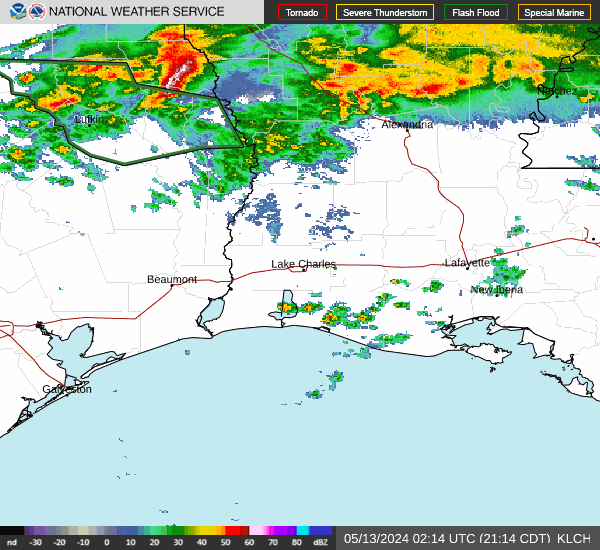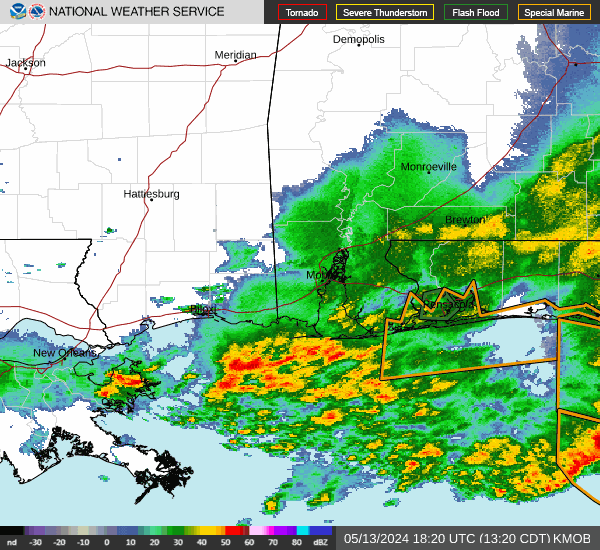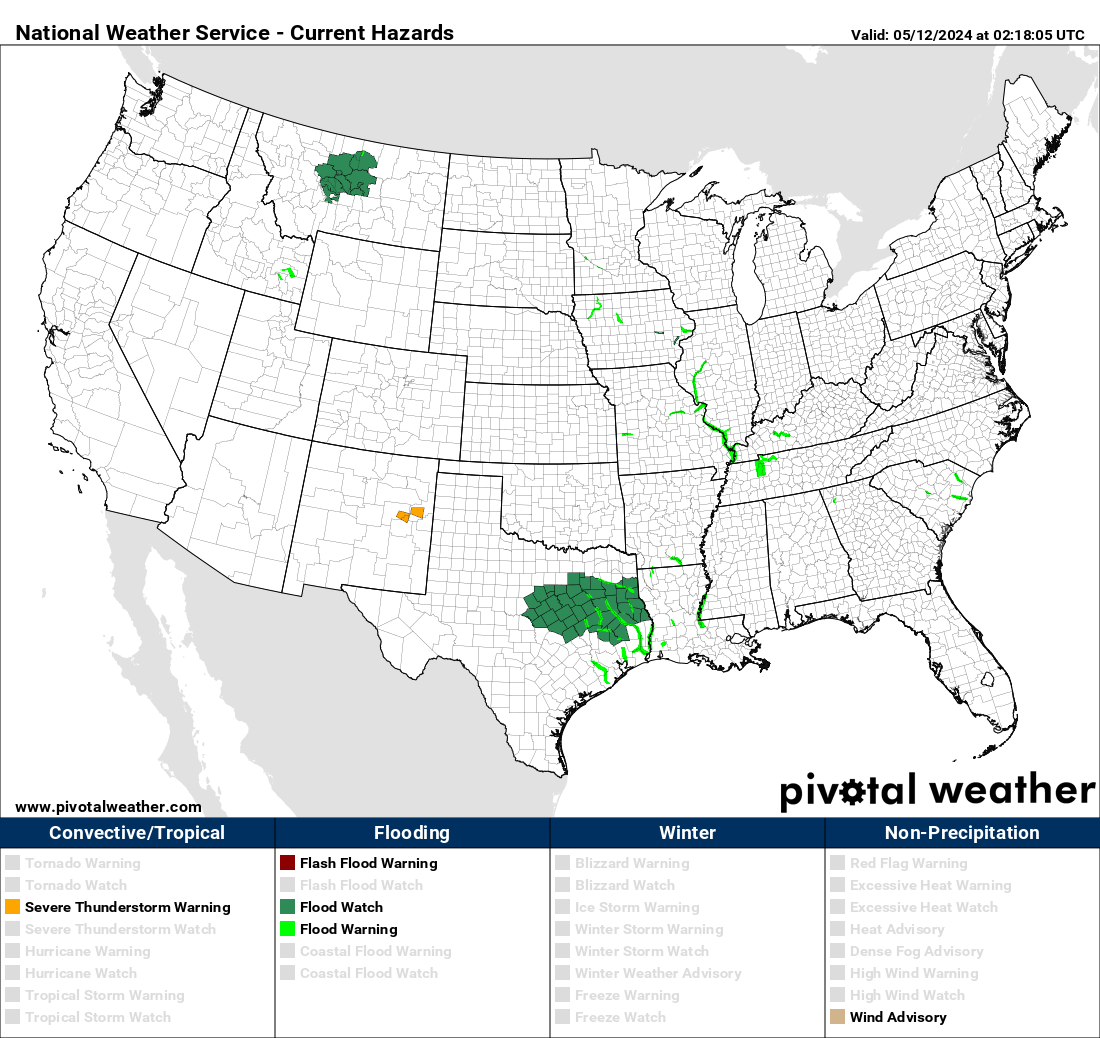Post by Briella - Houma on Apr 9, 2018 10:48:26 GMT -6

Day 4-8 Convective Outlook
NWS Storm Prediction Center Norman OK
0339 AM CDT Mon Apr 09 2018
Valid 121200Z - 171200Z
...DISCUSSION...
The main focus of the extended period continues to be the impressive
amplification of a mid/upper trough over the central US late this
week into the weekend. Along the base of the trough, an approximate
100-kt west/southwesterly 500-mb jet will overspread the
southern/central Plains on D5/Fri, transporting a broad area of
relatively steep lapse rates across the region. Concurrently, a
deepening low over the central US will encourage a narrow corridor
of enhanced poleward moisture return (generally characterized by
surface dew points in the 60s) from eastern Texas to the lower
Missouri Valley. Attendant to this low, a dry line and cold front
will accelerate eastward from the Plains towards the Mississippi
Valley through Friday night, promoting thunderstorm activity from
the western Gulf Coast to the Midwest.
While still exhibiting diversity in the timing of the eastward
evolution of the trough, medium-range guidance continues to
highlight areas from eastern Texas to the Mid-South for the highest
probability of severe weather late Friday into the overnight. Here,
deterministic/ensemble guidance indicates robust wind fields will
overlap adequate surface-based buoyancy for the development of
severe thunderstorms. Considering the magnitude of forcing for
ascent and the forecast meridional nature of deep-layer flow,
upscale growth into larger convective complexes appears probable.
Such evolution should enhance the ability of severe convection to
spread east overnight; therefore, the ongoing 15-percent area has
been expanded slightly towards the Mississippi Valley.
Farther north towards the lower Missouri and mid Mississippi
Valleys, guidance also indicates a possibility for severe
convection. However, a narrowing moist/warm sector towards the
primary surface low yields greater uncertainty with the spatial
placement of such convection during the afternoon/evening. In turn,
15-percent probabilities have not been expanded northward with this
cycle, but could be in later updates.
Beyond D5/Fri, timing of the eastward progression of the trough and
associated convection remains quite uncertain. Furthermore,
lessening buoyancy with eastward extent suggests stronger convection
will likely remain focused near the corridor of greatest deep
ascent, magnifying concerns regarding temporal uncertainty.
Subsequently, predictability too low is maintained through the
remainder of the extended period.




















